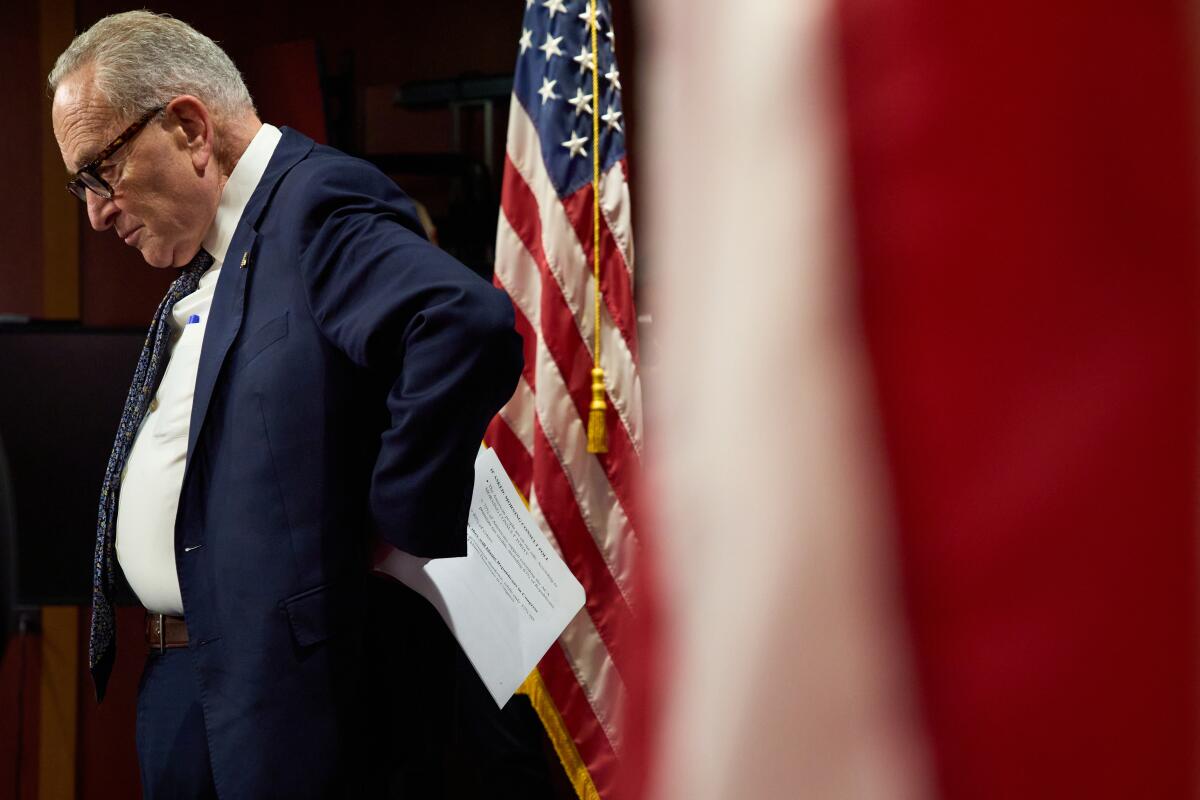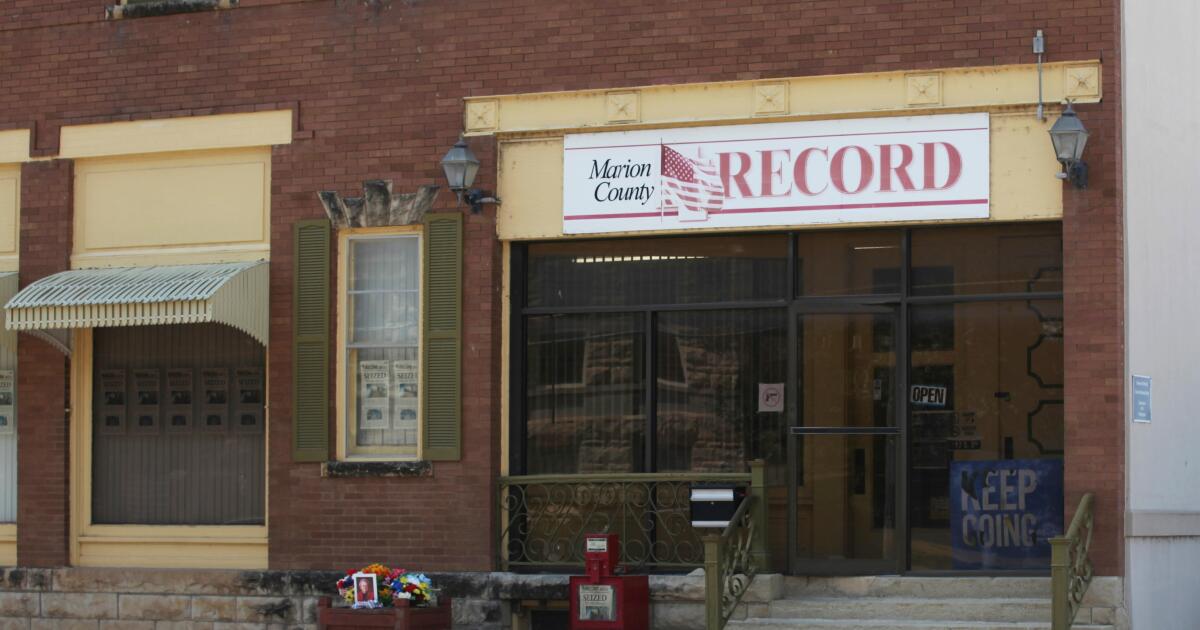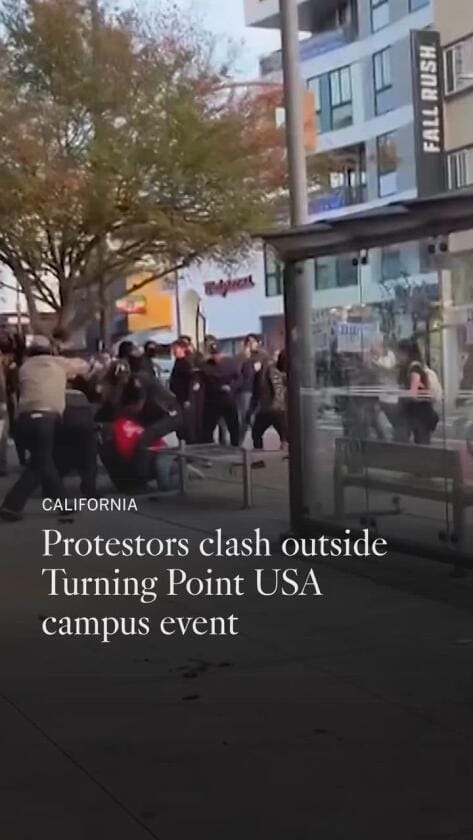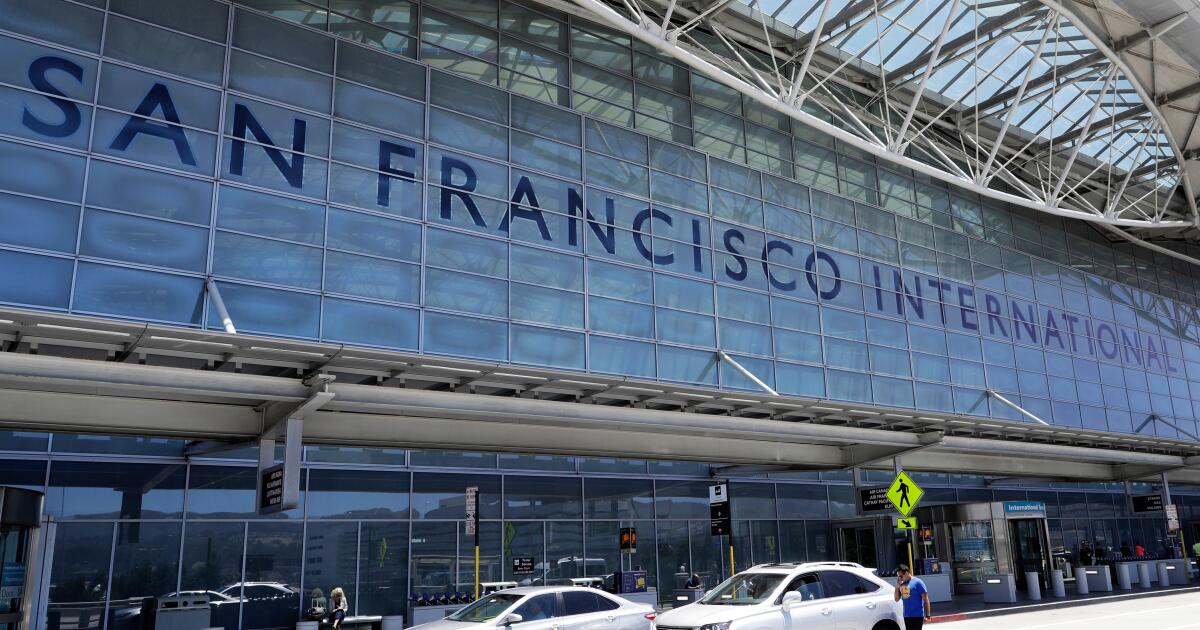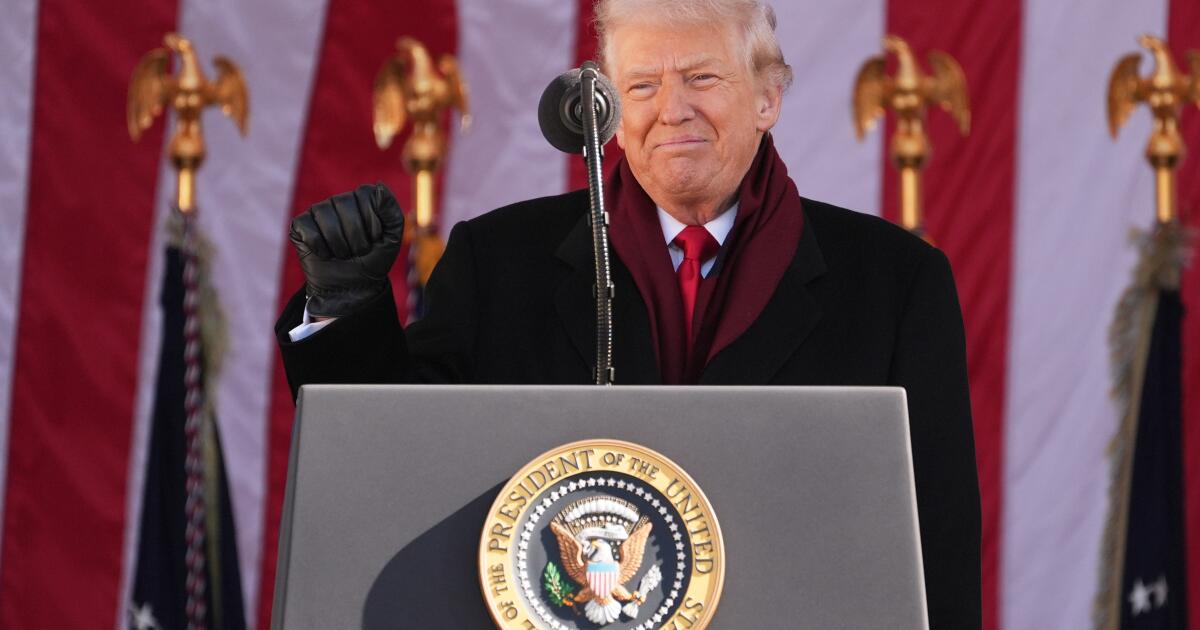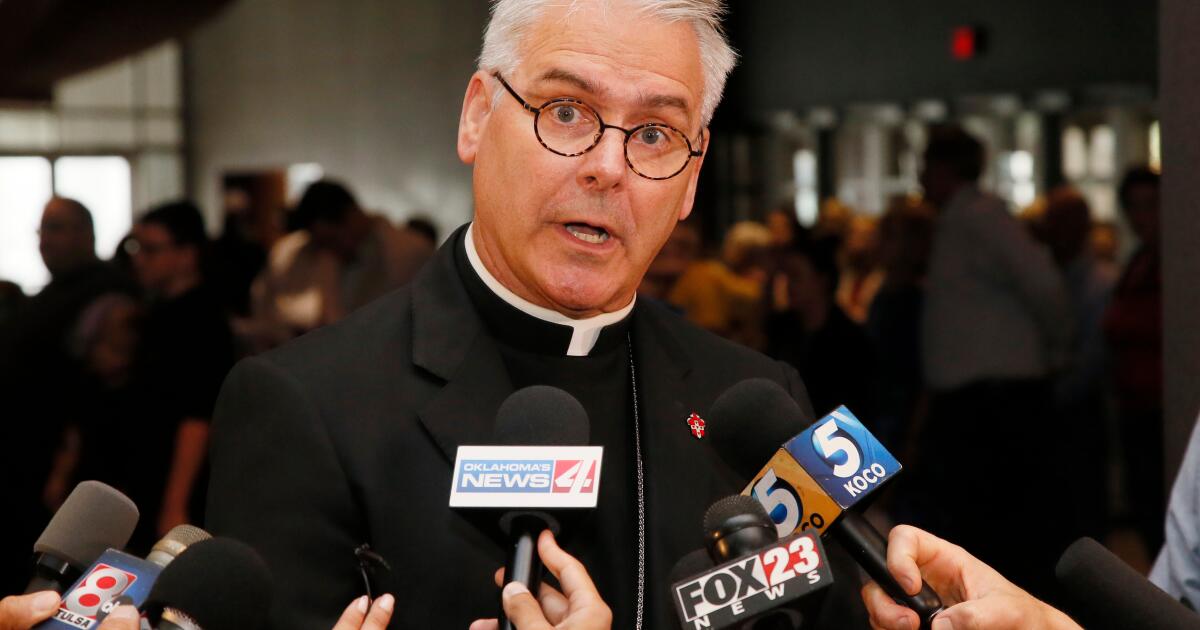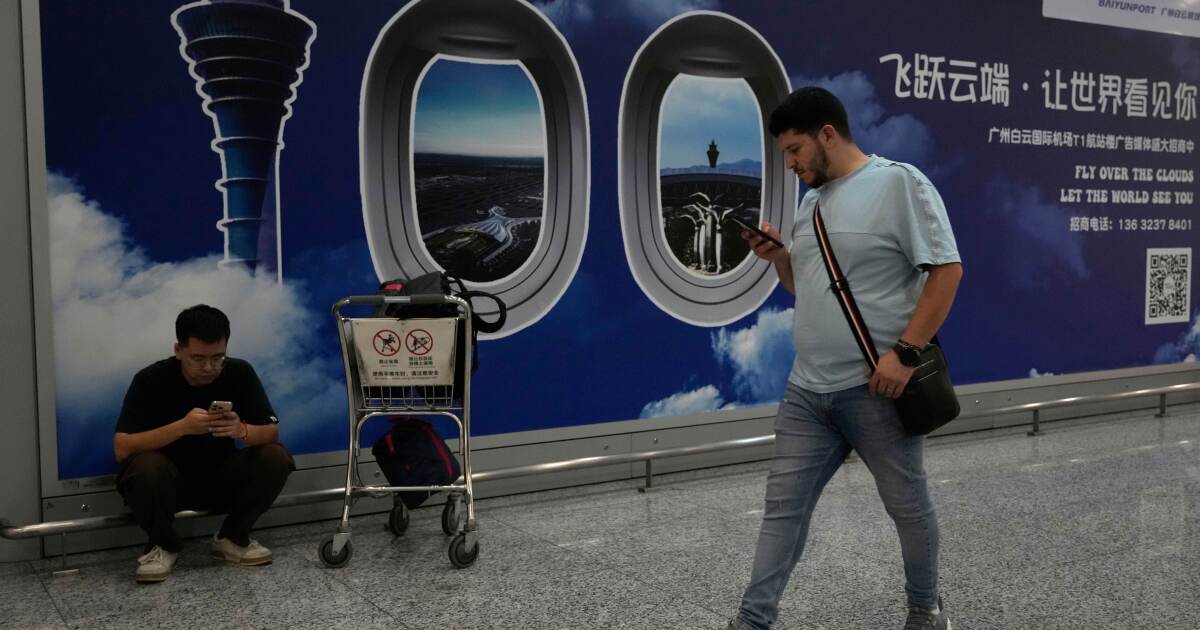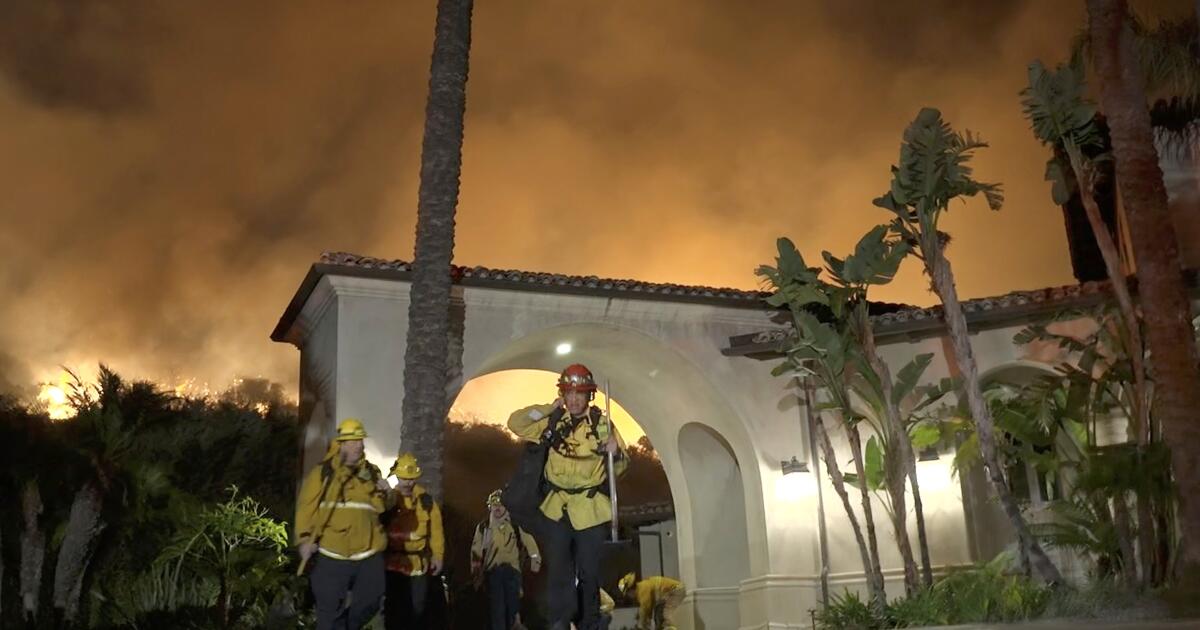Cheerful Crowds Belie Strain With U.S. in Quayle’s Visit to Australia
SYDNEY, Australia — When Vice President Dan Quayle made a campaign-style foray into a crowd Friday outside Melbourne’s Flinders Street train station, most of the surprised Australians chatted, giggled and posed for pictures.
But one older Melbourne office worker skipped the small talk.
“What about the wheat?” he asked Quayle, referring to subsidized American grain exports that are hurting Australian farmers.
Quayle shot back, “(We’re) gonna keep on exporting.”
For the vice president, the incident was a quick reminder of some of the frictions that the United States faces with even its closest friends and allies, problems that are an outgrowth of the easing of the Cold War with the Soviet Union.
One of Most Loyal Allies
Australia, the first stop on Quayle’s current four-nation Asia-Pacific tour, has been and still is one of the United States’ most loyal allies. Americans still tend to regard Australia as one of the last outposts of good-natured simplicity, an image reinforced by the popularity of the movie “Crocodile Dundee.”
Australia’s close defense links to the United States date from World War II. And the importance of these ties for today’s U.S. role in the South Pacific has become even greater since Washington and New Zealand became estranged over a nuclear issue.
Prime Minister David Lange of New Zealand underscored the depth of that estrangement this week when he remarked that as far as he was concerned, the ANZUS alliance linking New Zealand, Australia and the United States–in limbo now for nearly four years–is a “dead letter.”
Precisely because of close Australian-U.S. ties, this country was chosen as a safe initial stop on the vice president’s first swing through the Pacific region. Quayle, 42, had been to Asia only once before, a brief visit to Japan 10 years ago when he was a member of the House of Representatives.
Can’t Be Taken for Granted
One of the foreign policy advisers traveling on the vice president’s plane told reporters that U.S. relations with Australia are “in outrageously good shape.” Yet Quayle discovered after arriving here that, as the Bush Administration begins to formulate a new foreign policy, even Australia can no longer be taken completely for granted.
Australian officials have complained strongly and repeatedly to Quayle this week about U.S. economic policies that they believe are hurting Australia.
On foreign policy issues, too, Australia demonstrated that it is willing to stake out its own independent positions.
For example, Quayle, repeating recent Bush Administration pronouncements, told Prime Minister Bob Hawke that the United States is thinking of sending military supplies and equipment to the non-Communist opposition forces in Cambodia led by Prince Sihanouk. Hawke responded that Australia believes the focus in Cambodia should be on diplomatic solutions rather than on military initiatives.
One U.S. official traveling with Quayle portrayed Australia’s growing independence as part of a larger trend, in which the Bush Administration will face new frictions with old U.S. friends and allies.
“We seem to be on the verge of an era of a decline in confrontations with the Soviet Union,” this official said, declining to be quoted by name. “As these confrontations decline, economic strains with our friends and allies increase.”
The thrust of Quayle’s effort in Australia has been twofold: first, to try to rekindle memories of the glory days of friendship between the two countries during World War II, and second, to warn Australians that it is too early to stop worrying about the Soviet Union.
“When are the Soviets going to move their troops out of the northern territories of Japan?” the vice president asked in a speech at the National Press Club in Canberra.
“When are the Soviets going to stop providing ever more and modern arms to North Korea? And when will the Soviets actually decrease rather than increase their military aid to Hanoi in order to promote peace in Southeast Asia?”
Quayle has repeatedly portrayed himself as the representative of a new generation of Americans who grew up after World War II but have learned the lessons of its history.
“I hope to convey to you our dedication to a continuing strong American role in the Pacific region,” he said. “. . . I represent a generation that has had more opportunities than any other generation in history.”
The job of his generation, Quayle went on, is to ensure “that those opportunities are preserved and handed down to other generations.”
Coral Sea Commemoration
Quayle came to Australia as President Bush’s representative at annual ceremonies to commemorate the Battle of the Coral Sea, a naval engagement in May, 1942, in which U.S. and Australian forces combined to stop Japanese forces as they moved southward through the Pacific. The battle is generally credited here with saving Australia from a Japanese invasion.
Bush himself came to Australia as vice president in 1982 to head the American delegation during Coral Sea week.
Almost from the moment of his arrival here Wednesday, Quayle has been peppered by questions and complaints about the U.S. Export Enhancement Program, under which the Department of Agriculture provides special subsidies to private American grain companies to help stimulate exports.
The American program began in 1985 after being pushed through Congress by farm interests and with the strong support of then-Senate Majority Leader Bob Dole (R-Kan.). Its effect has been to stimulate American wheat sales to such countries as the Soviet Union and China.
Wheat Production Down
“Australia’s share of these markets has been seriously eroded,” complained Clinton Condon, chairman of the Australian Wheat Board. He said that since the start of the U.S. subsidy program, Australian wheat production has dropped from more than 18 million tons a year to about 13 million tons.
Hawke assured Quayle that the economic dispute will not jeopardize close defense ties between Australia and the United States, which represent essentially what remains of the ANZUS pact. The ANZUS treaty, signed in 1951, commits Australia, New Zealand and the United States to act together to combat an armed attack against any one of the three.
In 1985, New Zealand announced it would no longer permit nuclear-powered or nuclear-armed warships to make port calls in its harbors. The United States objected on grounds that it does not want to say publicly whether or not any American ships carry nuclear weapons.
Because of the nuclear dispute, the United States scaled back defense cooperation with New Zealand. When Lange, the New Zealand prime minister, visited the United States last week, no member of the Bush Administration would meet with him.
Washington’s estrangement from New Zealand has increased the importance of Australia, which effectively serves as a bridge by maintaining defense ties with both New Zealand and the United States.
In Australia this week, Quayle hinted strongly that U.S. officials would like New Zealand’s voters to defeat Lange and his Labor Party government in elections scheduled next year.
“We hope that the people of New Zealand understand our friendship toward them, and we hope that there will be a change in policy sooner rather than later,” Quayle said. Secretary of Defense Dick Cheney met with a New Zealand opposition leader in Washington last week.
Australian officials sought to sidestep the U.S.-New Zealand dispute and, at the same time, keep pressure on Quayle to do something about American wheat subsidies.
On Thursday, the vice president told an audience in Canberra that he did not believe U.S. trade policies are hurting Australia. Michael Duffy, Australia’s minister for trade negotiations, retorted that “if Mr. Quayle, after a fulsome briefing by the prime minister, can’t grasp the situation, there is little hope for him.”
After three days in Australia, Quayle seemed tired of hearing about the problems of the country’s wheat farmers. “I’ve gotten the message,” he said with a sigh.



